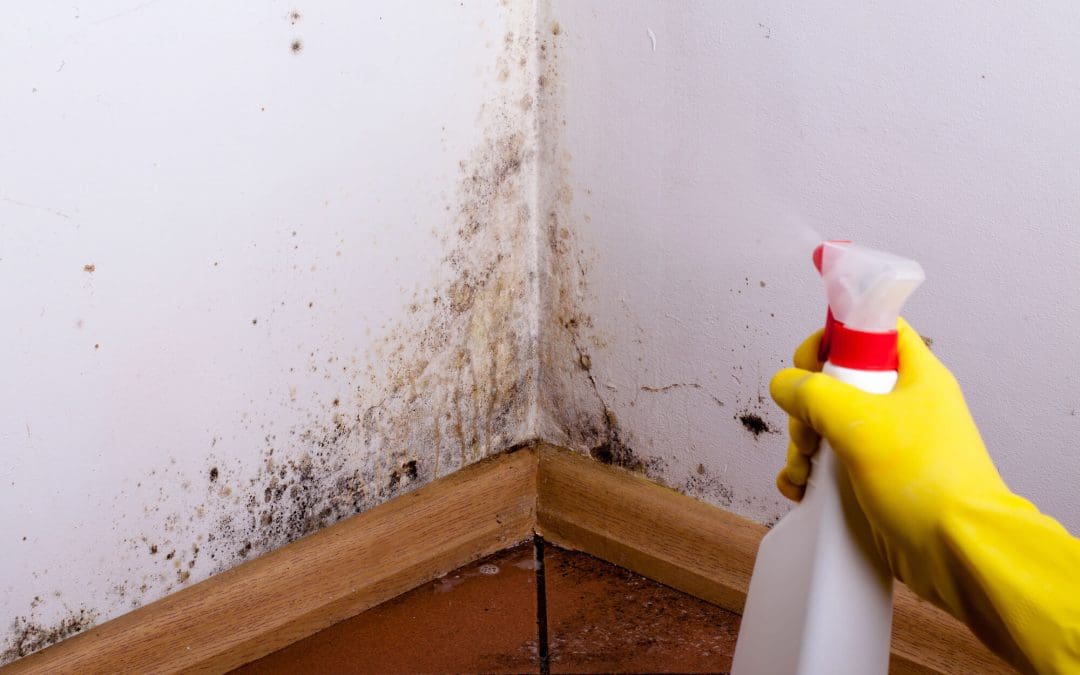Mold is an unwelcome intruder that can sneak into your home without you even realizing it. It thrives in damp, humid conditions and can spread quickly if not addressed. Beyond being unsightly, mold can cause health problems and damage your home’s structure. Understanding the causes of mold is the first step in preventing it.
The Main Causes of Mold: Moisture and Humidity
Moisture is the number one cause of mold growth. Mold spores are always present in the air but need moisture to grow into visible colonies. If your home has high humidity levels—anything above 60%—you’re creating the perfect environment for mold to flourish. Everyday activities like cooking, showering, and even drying clothes indoors can raise indoor humidity. Poor ventilation makes the problem worse by trapping moisture in the air and on surfaces.
Leaky Pipes and Roofs
Leaks provide the consistent moisture mold needs to grow. Even a small leak in a pipe behind a wall or under a sink can create the perfect conditions for mold. Roof leaks are another common culprit, allowing water to seep into ceilings and insulation, often going unnoticed until mold has already spread. It’s important to regularly inspect your home for any signs of leaks and fix them right away.
Poor Ventilation
Air circulation is key to keeping mold at bay. If air isn’t moving freely through your home, moisture gets trapped, and mold can begin to grow. Bathrooms, kitchens, basements, and laundry rooms are particularly prone to poor ventilation. If these areas don’t have exhaust fans or windows to allow airflow, the humidity from showers, cooking, and washing clothes lingers, creating the perfect breeding ground for mold.
Causes of Mold After Storms: Flooding and Water Damage
Flooding and even minor water damage can lead to mold problems if not adequately addressed. When water seeps into walls, carpets, and furniture, it doesn’t just dry up overnight. If the moisture isn’t completely removed within 24 to 48 hours, mold starts to develop. After any type of flooding or water intrusion, it’s crucial to dry everything out as quickly as possible and remove any materials that can’t be completely dried.
Condensation Buildup
Condensation might seem harmless, but it can lead to mold issues over time. It commonly forms on cold surfaces like windows, metal pipes, and walls, especially in winter. This happens when warm, humid air comes into contact with cooler surfaces. If you frequently notice condensation on your windows or pipes, it’s a sign that your home’s humidity levels may be too high. Addressing this early can help prevent mold from taking hold.
Damp Basements and Crawl Spaces
Basements and crawl spaces are naturally more prone to moisture problems. Because they are underground, they are in direct contact with soil, which can transfer moisture into the home. Poor drainage around the foundation, cracks in walls, and inadequate waterproofing can all lead to excess moisture buildup. A damp basement is an open invitation for mold to thrive.
By understanding what causes mold and taking steps to prevent it, you can protect your home and health from its damaging effects. Keeping moisture under control is the key to keeping mold out.
Innovative Home Concepts provides home inspection and mold inspection services to homeowners and homebuyers in Charlotte and surrounding areas. Contact us to schedule an inspection today.

